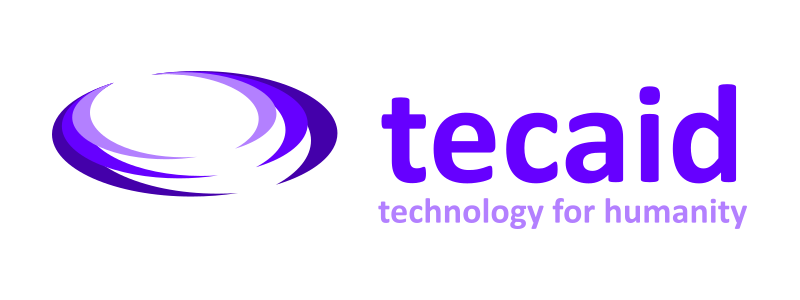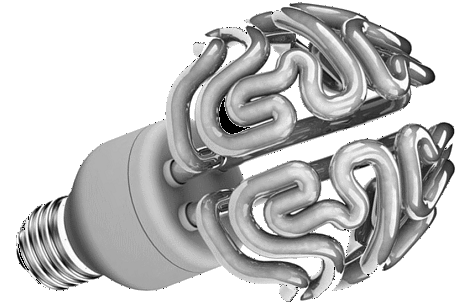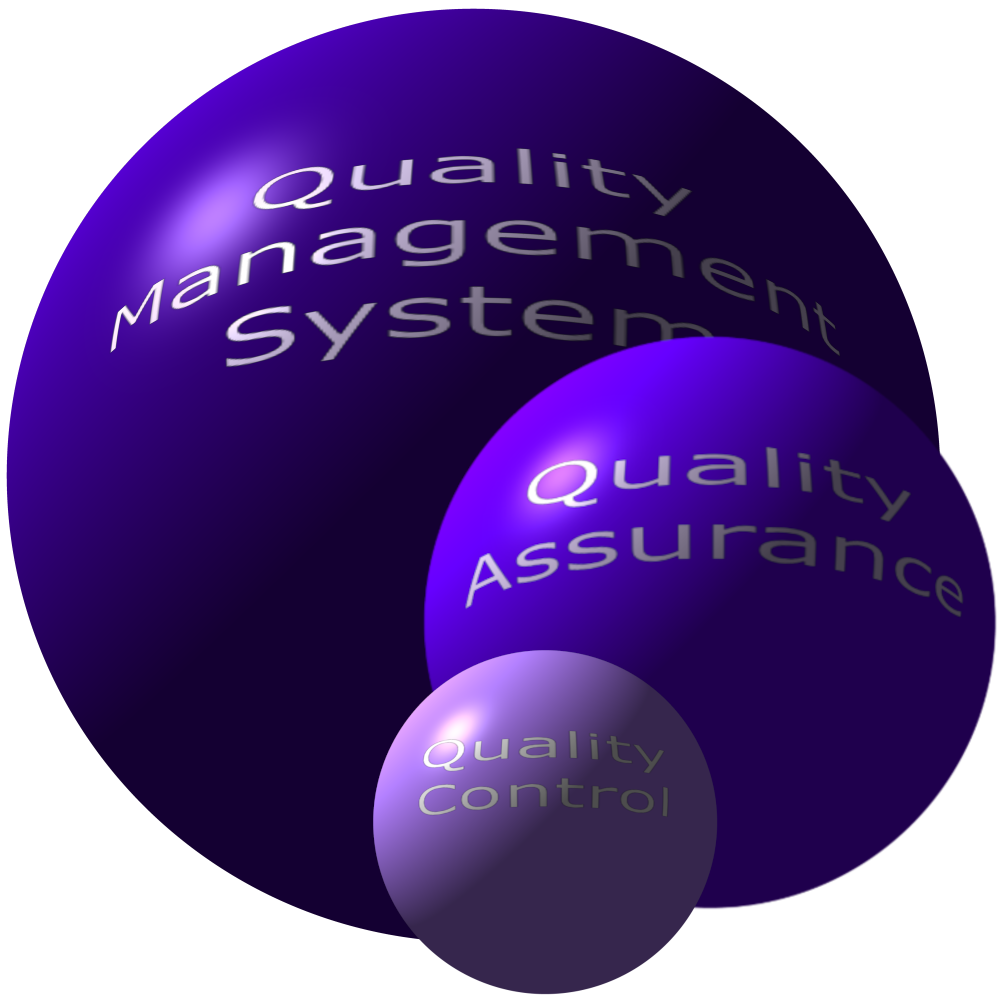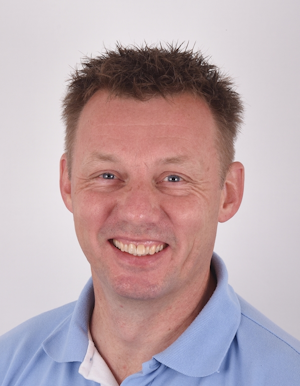
Consultancy and
interim management
Product development and quality management are synergistic if managed efficiently. A pragmatic quality approach can be very productive in your product development processes, e.g. it reduces lead time, your time to market and increases your product quality during the complete product life cycle. Knowing the requirement of both the product and the quality regulations allows all stages of the product lifecycle to be more predictive. Besides these advantages it remains important to realize what to include and what not into your design and quality management.
Product development and
Quality management
With over 25 years of experience in medical product development and quality management, Tecaid can provide you interim management services to transform your initial idea into a fully certified product which is ready for a market release. Our philosophy and approach about the development and quality process can be found here: Product development and Quality management.
Ronald van Doorn is a leading R&D manager and Quality Manager in the field of medical device development. He has worked with many global companies on product development, process improvements, and special technologies in healthcare.
Product development
In most cases R&D managers (or program managers and project managers) are struggling to finish their projects within time, on budget and in compliance with the agreed quality level. Their struggle is related to resources to get the job done, while their management demands a predictable schedule, development output and according deliverables. These managers keep on pushing their project teams to be more presice in the estimation of the work and duration, require to write more detailed plans, all with the ultimate goal to achieve a more predictable outcome. Doing so, results most of the time into the opposite and reduces product development output.
Treating development processes as if it is a manufacturing process is a mistake. As during manufacturing the process is tangible and predictive, a development process is all about creativity. Creative process are an evolution of thoughts, improving and re-thinking. Itterative processes require time and some patience of management. Eventually the engineers are the artist to create your artwork. Instead of pushing them into more detailed plans allow them some grade of freedom. This will speed up the process and at the end provides a more predictable outcome. Product development is a continous process of going over (small) steps of your full development cycle with small itterations. It's our goal to combine the best of all worlds in order to end up with a final product just like your customers expected it, all with the optimum scope of 'first time right'.
What to omit is as important as what to include in your product

Model Driven Engineering (MDE)
Whether you're in automotive, medical product development, or just any kind of software development, an overall set of whishes and requirements needs to be translated into an architecture and (functional) design. This results into a bunch of drawings, sketches and documentation. Generally software development relies on the design like sequences diagrams, state diagrams or flow charts. These are a static representation of the software to be implemented and testing will first be executed at the end of the implementation. Approaches like test driven development or extreme programming require lots of time to define, implement and maintain the tests (50% of the realization time in not uncommon). Nonetheless issues are detected late in the development process. Managers have to be aware of the fact that costs of solving issues increases tremedously over the development cycle (law of Bouhm). Scientists have performed lots research to evolve this process to allow issues to be reported early in the life cycle, which resulted into a formal approach; Model Based Testing.
Model Based Testing (MBT)
Model based testing is about unambiguously documenting your specifications while creating the architecture and (functional) design into state transitions (the model) of your implementation. Artifical intelligence allows execution of tests on the model's state transitions. This adds and extra dimension to designing by testing the dynamic behavior in the early stages of the design. Testing dynamics will pop-up any design failures as early as possible (so called shift left) and helps the engineers to document and improve their designs. Error free software development and first time right are becoming the new standard. If you interested and would also like to reduce your lead time, development cost and trying to have predictive outcome please contact Tecaid for more information about the possibilities.
Main advantages of Model Based Testing (MBT)
- First time right
- Failure free software
- 100% test automation
- Reduction of lead times by 50%
- Reduction of development cost by 50%
- Reduction of maintenance cost by 60%
- Predictive outcome
- Realistic planning
- No test scripting necessary
- Fully automated test generation, verification and validation
- Code coverage
- Traceability of requirements

Quality management for Medtech
A quality management system (QMS), quality assurance (QA) and quality control (QC) are essential components for any medical product development company, whether or not you are a startup and new to medtech device development or have a long lasting experience. A market introduction requires your device to comply to regulatory standards in which a quality management system is very supportive.
A quality management system is the overall system covering both your aspects of quality assurance and quality control.
Quality Assurance vs Quality Control
Most of the time the terms quality assurance and quality control are mixed and matched. Although sometimes interchanged these are two different aspects of your quality management environment.

Quality Assurance
Quality assurance refers to all of the policies and accompanying procedures that are implemented to support your product development and production including e.g. post market surveillance which help to prevent (future) issues related to the finished product. It closely related to the supporting procedures and processes to be performed on how the product is made. Quality assurance can be defined as part of quality management focused on providing confidence that quality requirements will be fulfilled. The confidence provided by quality assurance is twofold, both internally to management and externally to your customers, government agencies, regulators, certifiers, and third parties. The EU or CE definition refers to all the planned and systematic activities implemented within the quality system that can be demonstrated to provide confidence that a product or service will fulfill requirements for quality. In terms of FDA requirements, an issue / problem is any deviation in processes or products. To assure to comply to your own policy and procedures for the quality of your product, tools such as documentation, checklists, conformance analysis, traceability and verification and validations can all play a role. Generally the main goal of quality assurance is to prevent product defects while trying to prevent them as early as possible in your product life cycle.
Quality Control
Quality control is part of your quality assurance and is defined as the the part of quality management focusing on fulfilling quality requirements. This differs from the procedures and processes as defined by quality assurance (the how), where quality control focuses on the inspection aspect of quality management. These are the operational techniques and activities performed to verify and validate the requirements are fulfilled or what is performed to verify product conformity.
To summarize quality assurance involves prevention and quality control is about detecting any defects and deviations.
Importance of quality management
“If it’s not documented, it didn’t happen”; in the context of a CE or FDA regulated product, this saying reflects into all kinds of means to assure that every step in the development and manufacturing processes is controlled and documented. Leaking enough compliance documentation might reflect in a number of deviations and lead to a large amount of additional work before any market clearance and delayed market introduction. Being able to clarify the development, production and post market processes into supportive procedures, helps your engineers to track and trace all context, from the initial idea, requirements and risks involved to the final assembly and maintenance instructions. A quality management system shall be supportive and never result into overkill for your employees. The processes shall facilitate accurate, timely, traceably and secure record keeping.
Implementing a quality management system might look very expensive at the beginning. Nonetheless the costs of deficiencies in your products detected later on in the development or even product lifecycle will reflect into extensive costs, like recalls, repeating lab tests or validation procedures and redesigns, whilst not taken any negative impact on market releases and investors into account.
Quality is not encapsulated in any process, it is already enclosed in every employee. A quality management system reflects your employees ways of thinking and working and is closely related to their intrinsic motivation to provide a good product.
Quality management compliances
In a glance your quality management system requirements shall include aspects like:
- General commitment by management to comply with the quality management system and making sure to evaluate its efficacy in achieving the quality objectives;
- The quality policies shall be defined describing the quality policy;
- Scheduling for planning and auditing about the quality aspects and management reviews;
- A scope about resource management;
- Periodic reviews of the quality system to determine its suitability, its effectiveness and still reflets the procedures of the company.
- Management of the supply chain, purchasing process about quality of materials and its suppliers.
- Document and history management
Medical Devices
Medical devices are evaluated by a notified body depending on their device classification. A classification is related to the risks associated with the use of the device for the patient as well as the operator. Although differences are applicable the general purpose of a classification for CE and FDA is the same.
The design history file and device master records includes detailed design information, including aspects like intended use, comparative information of similar products, device classification, risk analysis, intended purpose and patient populations, general purpose, (software) design specifications, software safety classification, verification and validation reports, etc. Prior to being able to start manufacturing, clear instructions for production and the verification aspects shall be made. Efficient manufacturing processes prevent product deviations during the assembly process.
Your quality management system
Summarizing, the goal is to have a QMS which is supportive and prevents expensive deviations to release your products. It reflects your way of working and supports the employees at all company levels. It provides you many advantages to market clearance by a controlled process while working your way through the product and development life cycle. It shall be easily expendable to the future needs or products. Rather than doubting whether or not to implement or adapt your QMS you can start with the first concepts we have outlined here.
About Tecaid
Tecaid provides consultancy and interim management on R&D programs, (medical) product develepment and quality management (ISO 13485). Tecaid can support you in all stages of the product development cycle and allows to pragmatically include the quality aspects.
Ronald van Doorn MBA | Bsc in Industrial Automation
I'm a mechanical engineer with specializations in industrial automation, robotics, software development, IT and quality management. I have over 25 years of experience in product development and quality assurance in healthcare and MedTech. As product development professional I've been responsible for project- and program management in a diverse range of medical appliances. In senior management roles and as a quality manager I've lead several teams on a corporate level successfully. My experience is related to a broad range of product development of (in vitro) diagnostic and therapeutic medical equipment in the field of pulmonary and cardiac appliances, oncology, anesthesia, implants and the research and development of precise and specific sensors. Over time I've learned how to translate innovative ideas into business goals and inspiring end to end R&D programs while delivering the products at a high level of quality, on time, within budget while strategically directing all of the program’s interconnected projects simultaneously.
As a quality manager I've been responsible for the development, manufacturing and post market follow up in compliance with the ISO 13485 and FDA regulations. All different responsibilities learned me to combine the complexity of regulations versus the needs of the developers while focusing on the product instead of the procedures. As today's requirements are shifting towards software solutions even more and more, while we have to keep on track with the fast changing world and technology around us and the time to market shortens, we have to be more precise and a first time right approach gets evenly important.
During my career I have build a strong network of clinical, architectural, technological, regulatory, marketing and sales experts. I have worked with many professional suppliers for both hardware and software and I'm very pleased to help you to bring your innovation to the market, in a predictable, professional and efficient manner.

Contact form

